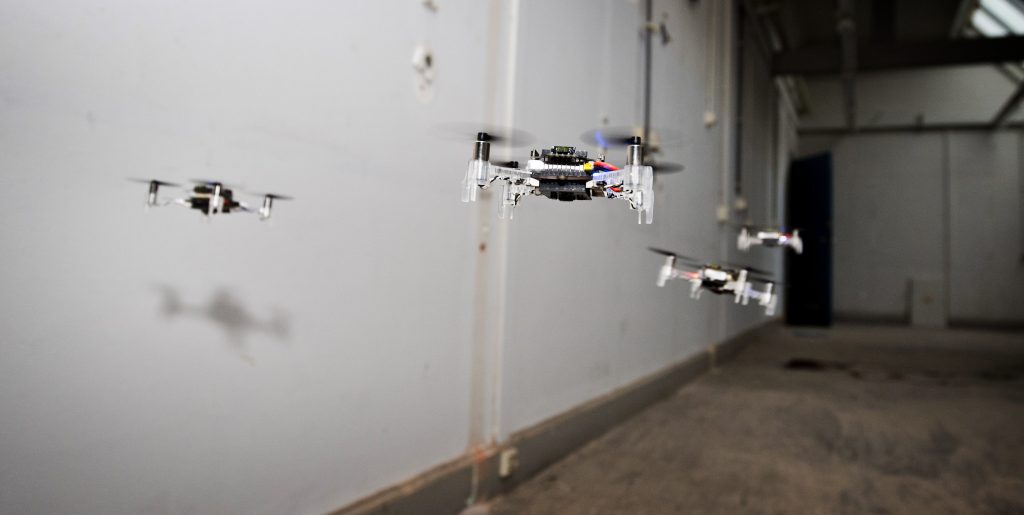We talked about it in a previous post, it is more than time to implement a higher abstraction layer for the Crazyflie firmware to make it easy to implement custom automations and programs on top of the flying platform. In this post we will try to explain the state of the art and where we are thinking of heading. This is mostly a request for comments and we are creating a github ticket to discuss about it.

The out-of-tree build and P2P API presented in the previous post is a great start: it allows to make project on top of the Crazyflie firmware that can easily be maintained over time and to communicate directly between Crazyflie without having a PC in the loop. Though we have not completely solved or documented the API that can be called by the programs written on top of the Crazyflie, this is what the APP-layer is supposed to provide.
The current plan for the app layer is to make the same functionality that is available in the Python crazyflie lib API, accessible from within the Crazyflie firmware, using similar API calls. This way we get the possibility of prototyping functionality in python code on a remote machine, and when it is working, easily convert it to an app onboard. This is already implemented, in part, for the log and param API as well as for the low level parts of the commander. It has enabled us to write programs like the multiranger push demo and SGBA from Kimberly’s paper. The API is not yet documented properly and the function calls do not look like the ones on the python lib side at this time, but our intention is to converge the APIs over time.
We think that having the same level of functionality for Log, Param and Commander within a Crazyflie app, as in the python API, will already allow to implement a lot of onboard programs much more easily than has been possible until now. If there is anything else you think would be interesting to develop in this field, do not hesitate to drop a comment in this post or in the github issue.